Why Energy Storage is Essential for Modern Businesses
Modern businesses rely on energy storage to reduce costs, ensure energy reliability, and support renewable integration—creating operational efficiency and sustainability in a volatile energy landscape.
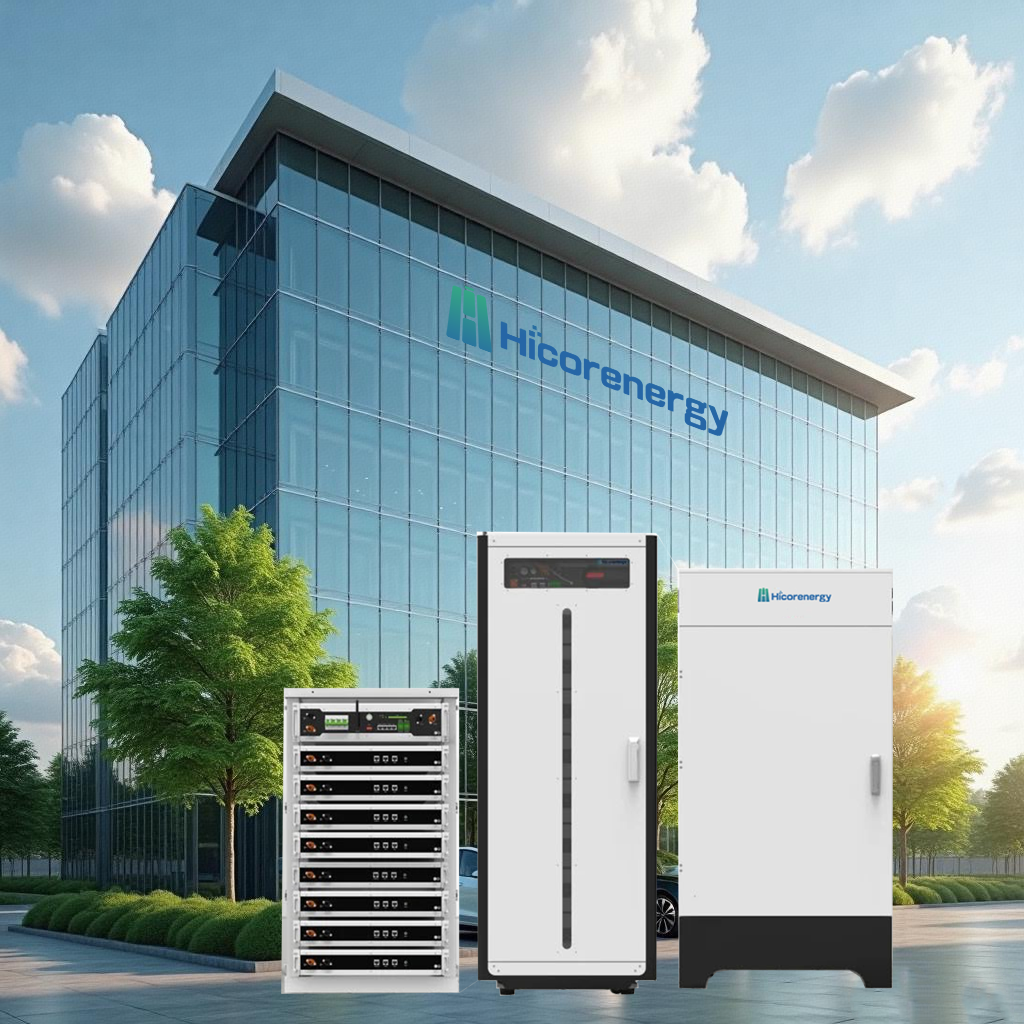
Understanding the Different Types of Energy Storage Systems
To make the most informed decision, business owners must understand the primary types of energy storage systems available. Energy storage systems vary based on their use case, scale, and technological design.
For commercial and industrial (C&I) applications, lithium-ion battery systems dominate due to their high energy density, long cycle life, and declining cost. Hicorenergy offers advanced lithium iron phosphate (LiFePO₄) based products that combine durability and efficiency. Their Si Station 186 and Si Station 230 solutions, which feature air and liquid cooling respectively, are ideal for grid applications and renewable energy plant integration.
For smaller commercial setups or residential-like business environments, compact and modular systems like the SHV48100 or Si LV1 provide flexible installation and high scalability. These systems offer features such as remote monitoring, smart BMS (Battery Management Systems), and efficient charge/discharge cycles.
Other types of energy storage include flow batteries, which are beneficial for large-scale applications due to their long discharge durations and easy scalability, and mechanical systems like flywheels or pumped hydro storage, typically used in utility-scale operations.
Ultimately, selecting the right energy storage solution involves evaluating installation space, required capacity, scalability needs, and compatibility with existing systems. Each solution offers unique advantages that suit different business models and energy consumption patterns.
How Energy Storage Helps Businesses Reduce Energy Costs
By storing electricity during off-peak hours and using it during peak demand periods, businesses can significantly reduce their energy bills. Energy storage also minimizes dependence on expensive grid electricity and protects against blackouts. These savings—combined with incentives in many markets—make energy storage an economically viable choice for modern enterprises.
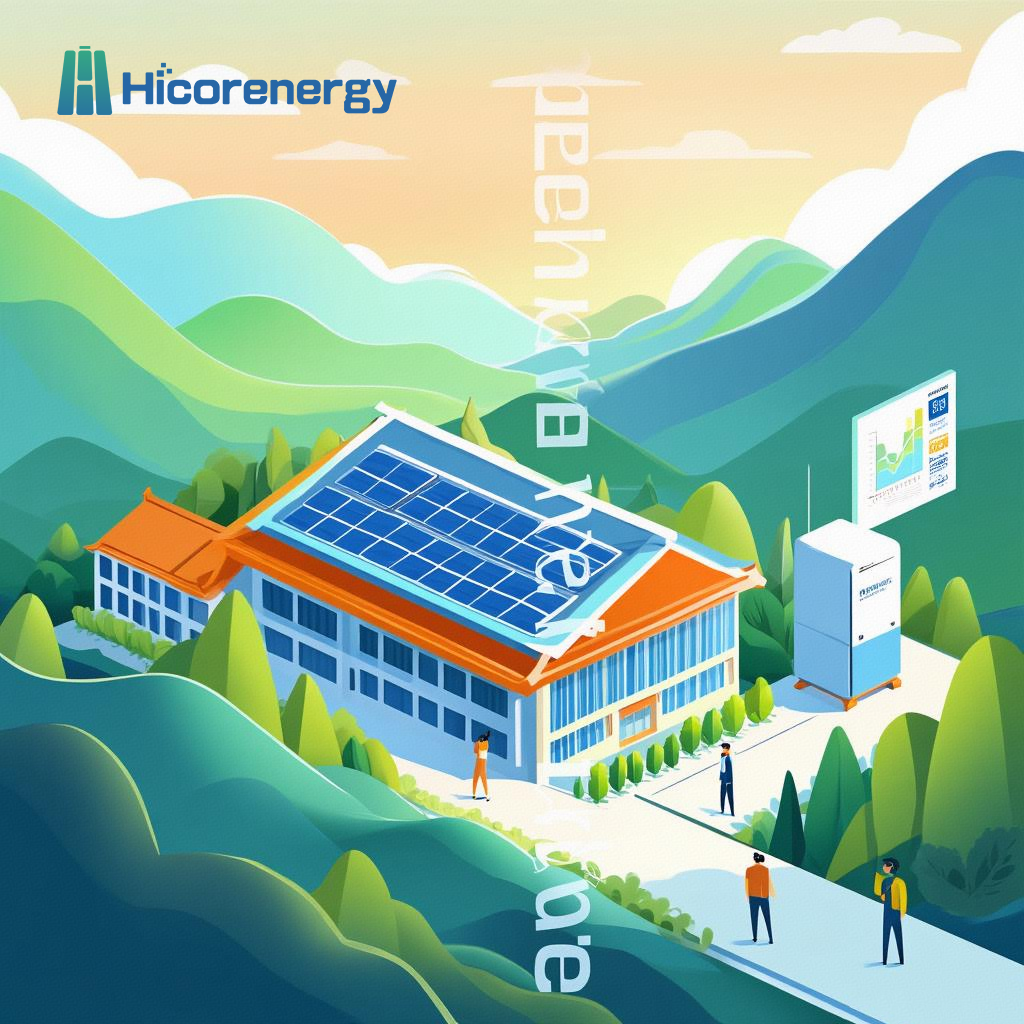
The Role of Energy Storage in Supporting Renewable Energy Integration
As businesses increasingly shift towards green energy, storage becomes essential. Solar panels and wind turbines generate power inconsistently—only when the sun shines or the wind blows. Energy storage bridges this gap by storing excess power for use when needed, ensuring a reliable and steady energy supply.
With energy storage, companies can operate independently of the grid during outages or high-demand periods. This enhances energy security while aligning with corporate sustainability goals. Hicorenergy’s C&I solutions like Si Station 186 and Si Station 230 are tailor-made for such applications. These systems integrate seamlessly with solar PV and grid setups, ensuring smooth operation even under fluctuating energy conditions.
Moreover, energy storage contributes to “peak shaving,” where businesses reduce their electricity use during peak times, thereby lowering demand charges. This practice not only cuts costs but also reduces the strain on the energy grid, contributing to a more stable and sustainable energy infrastructure.
In areas with limited or unreliable power supply, such as parts of Africa or Southeast Asia, energy storage plays an even more critical role. Hicorenergy’s products—designed for rugged conditions and scalable needs—enable local businesses to operate efficiently regardless of grid reliability.
Additionally, the combination of storage with renewable energy opens doors for participation in energy markets. Companies can sell excess stored energy or offer grid services like frequency regulation. This adds new revenue streams and improves return on investment.
In essence, storage is no longer just a backup—it’s a central component in a business’s energy strategy. It provides energy independence, enhances operational stability, and strengthens a company’s environmental credentials.
Choosing the Right Energy Storage Solution for Your Business
Selecting the right storage solution depends on several factors including energy demand, operational environment, budget, and long-term goals.
Start by conducting an energy audit to understand your consumption patterns. Determine your peak demand hours, total load, and the impact of power outages on your operations. This data helps in sizing the system correctly.
If you’re a factory owner needing a high-capacity system, products like Hicorenergy’s Si Station 230 provide scalable and high-density solutions with robust thermal management. For small businesses in remote locations or retail outlets, compact options like the SHV48100 or Si LV1 are easier to install and maintain.
Another key consideration is installation flexibility. Hicorenergy’s systems support floor, wall, and rack-mounted options, catering to businesses with limited space. Their plug-and-play design also ensures minimal downtime during installation.
Compatibility is another major factor. All Hicorenergy products are designed to work with leading inverter brands and solar PV systems. This interoperability makes integration smooth and cost-effective.
Look for systems that offer remote monitoring and smart diagnostics. Real-time performance monitoring and automatic alerts reduce maintenance effort and allow early detection of potential issues. Hicorenergy’s Web/APP platforms make this simple, offering features like data visualization and error detection.
Warranty and product life also matter. Hicorenergy batteries offer over 6,000 cycles and up to 20 years of design life, providing long-term value. Plus, they come with insurance coverage in key markets such as North and Latin America.
Lastly, consider after-sales support. With branches and service centers in China, the USA, the Netherlands, and Vietnam, Hicorenergy ensures global coverage with local response, which is essential for minimizing operational disruptions.
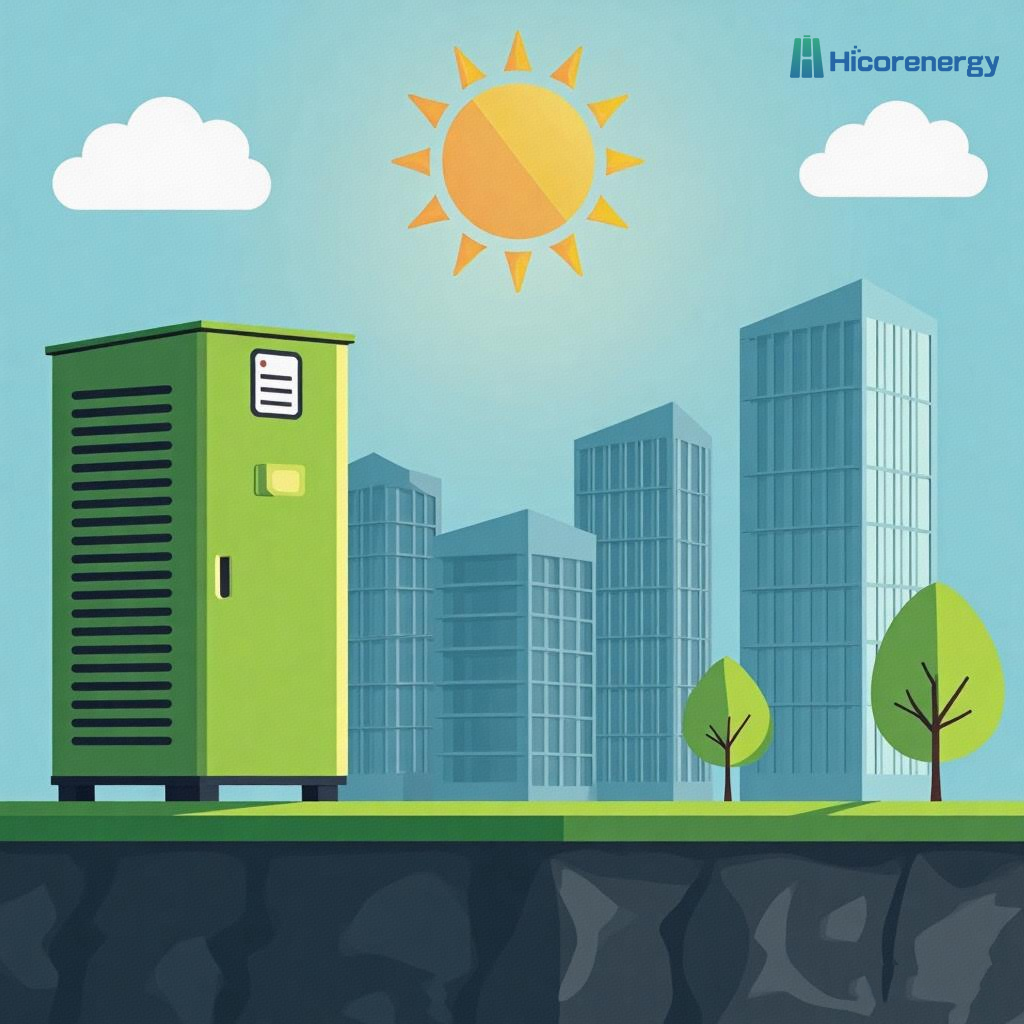
Overcoming Challenges: Maintenance and Efficiency in Energy Storage
One of the main concerns for businesses investing in storage is maintaining system efficiency and minimizing downtime. Hicorenergy addresses these concerns through thoughtful design and advanced technology.
Firstly, thermal management is crucial for battery longevity and safety. Hicorenergy products, such as the Si Station 230 with its liquid cooling technology, maintain optimal operating temperature even under heavy loads, ensuring consistent performance.
Additionally, advanced BMS and protective features—like dual active MCU protection and multiple software/hardware safeguards—protect the system from overcharge, overheating, and short circuits. These mechanisms are built into all Hicorenergy batteries, including compact units like the I-Box 48100R and larger systems like the SHV48100.
Remote monitoring plays a pivotal role in proactive maintenance. With built-in software that sends real-time alerts and performance data to cloud platforms, businesses can take immediate action when anomalies are detected. Hicorenergy’s smart monitoring tools enable this, reducing service costs and improving system uptime.
The modular design of systems like the Si LV1 also makes maintenance simpler. Faulty modules can be replaced individually without needing to overhaul the entire system, saving both time and money.
Durability is another key factor. With IP54 or IP55 ratings, many of Hicorenergy’s solutions are dustproof and waterproof, suitable for both indoor and outdoor environments. This is especially beneficial for businesses operating in harsh or variable climates.
Finally, Hicorenergy provides localized support through regional teams and stocked inventory, speeding up delivery and after-sales response times. This ensures that businesses get the help they need—fast.
The Future of Energy Storage for Businesses: Trends and Innovations
Energy storage is evolving rapidly. Innovations are making systems smarter, more compact, and even more affordable. At the forefront of this evolution is Hicorenergy, whose products anticipate the future needs of businesses around the world.
Key trends shaping the future include:
- Smart Integration: Combining storage with smart grids and AI for predictive energy management. Hicorenergy’s systems already include remote monitoring and upgrade capabilities.
- Higher Energy Density: Future products aim to deliver more power in less space. Systems like the Si LV1 already lead this trend with modular stacking and compact design.
- Faster Charging: Products like SHV48100 support full charges in just two hours—critical for businesses with limited downtime.
- Scalability: Businesses need solutions that grow with them. Hicorenergy’s systems support parallel connection of multiple units, expanding capacity up to 491.52kWh in some configurations.
- Wider Temperature Range: With advanced thermal controls, Hicorenergy products operate in diverse environments, from tropical to temperate.
- Enhanced Safety: With certifications and UL9540A testing, safety is baked into the design.
As the global push for decarbonization accelerates, energy storage will be central to corporate ESG goals. Whether used in microgrids, paired with solar, or for peak shaving, storage provides flexibility and resilience.
Hicorenergy, with two decades of expertise, continues to invest in R&D to keep pace with market demands. Their production bases in China and service centers in North America, Europe, and Southeast Asia ensure a steady supply chain and robust support system.
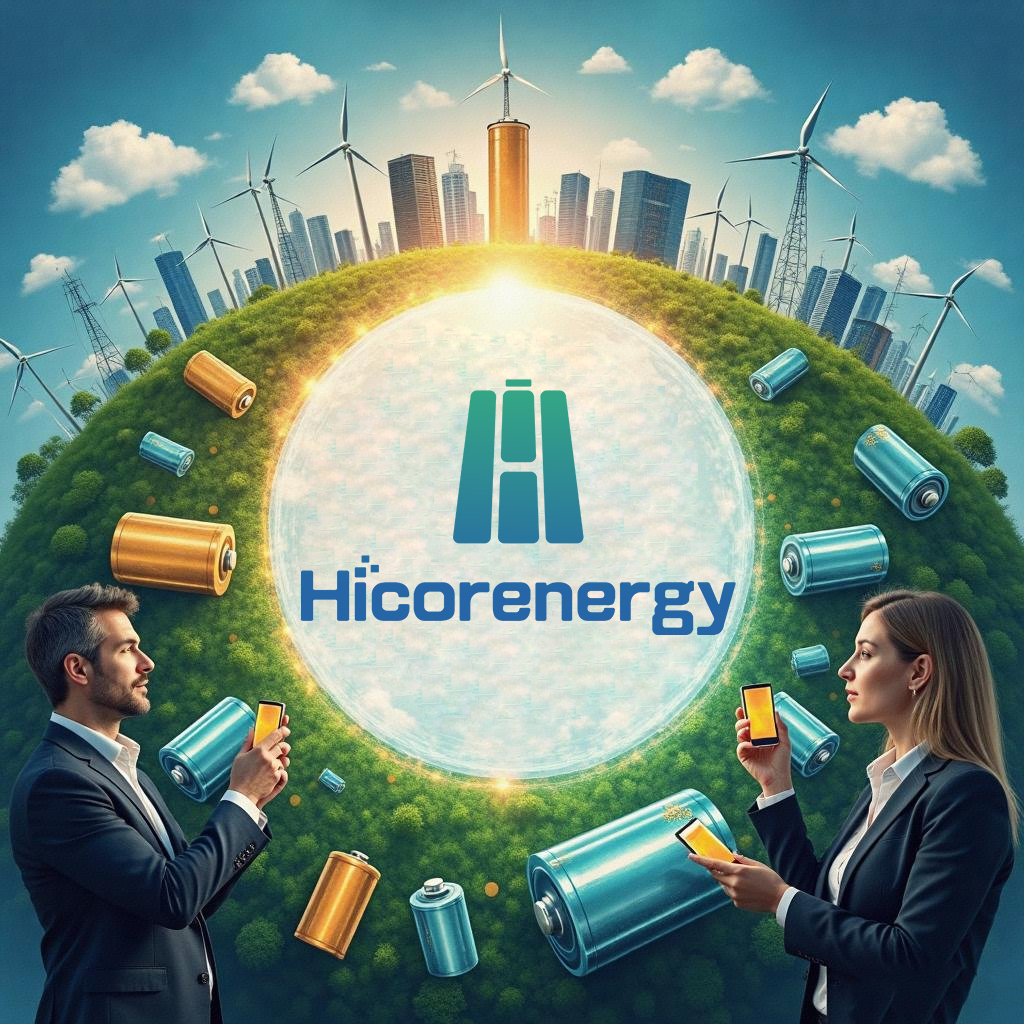
Summary
Hicorenergy provides scalable, reliable, and efficient lithium battery energy storage solutions for businesses worldwide—tailored for future-ready performance and seamless integration.
Contact Us
Email: service@hicorenergy.com
WhatsApp: +86 181-0666-0961

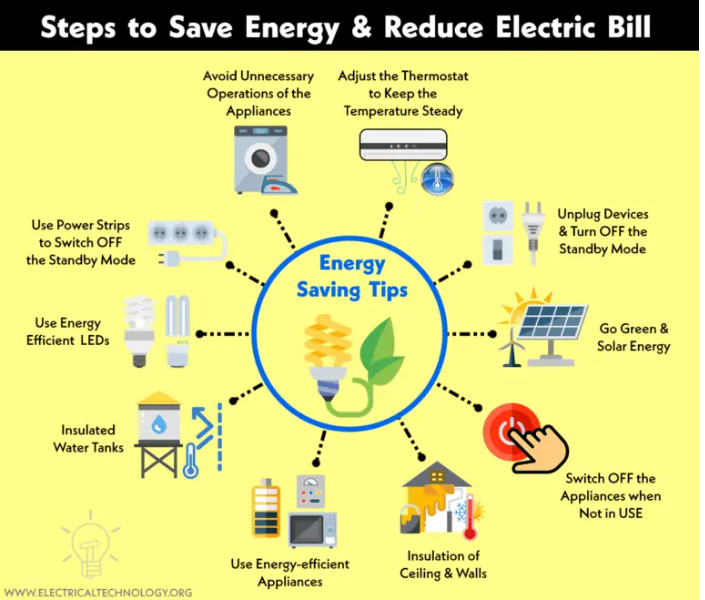
-9-2048x617.png)

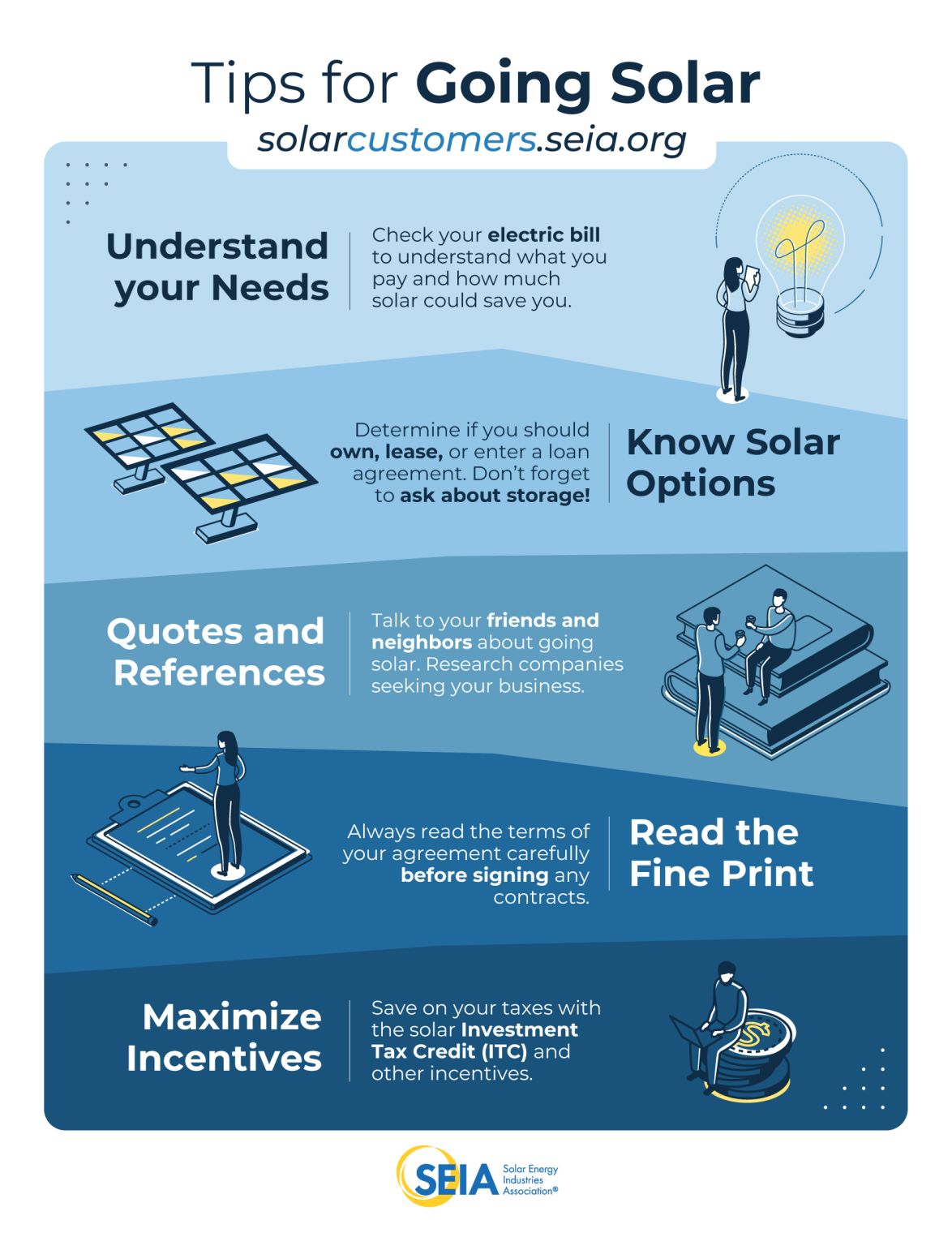




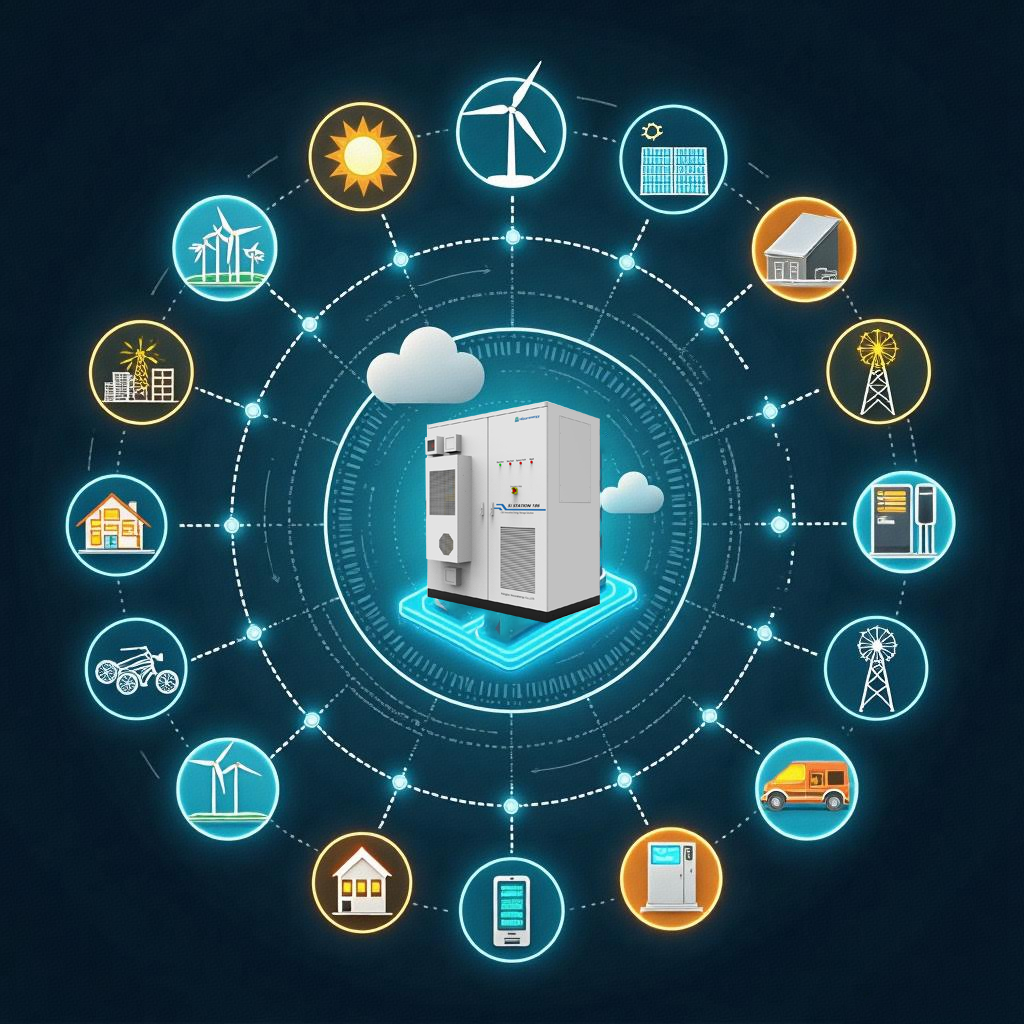


-8-2048x617.png)
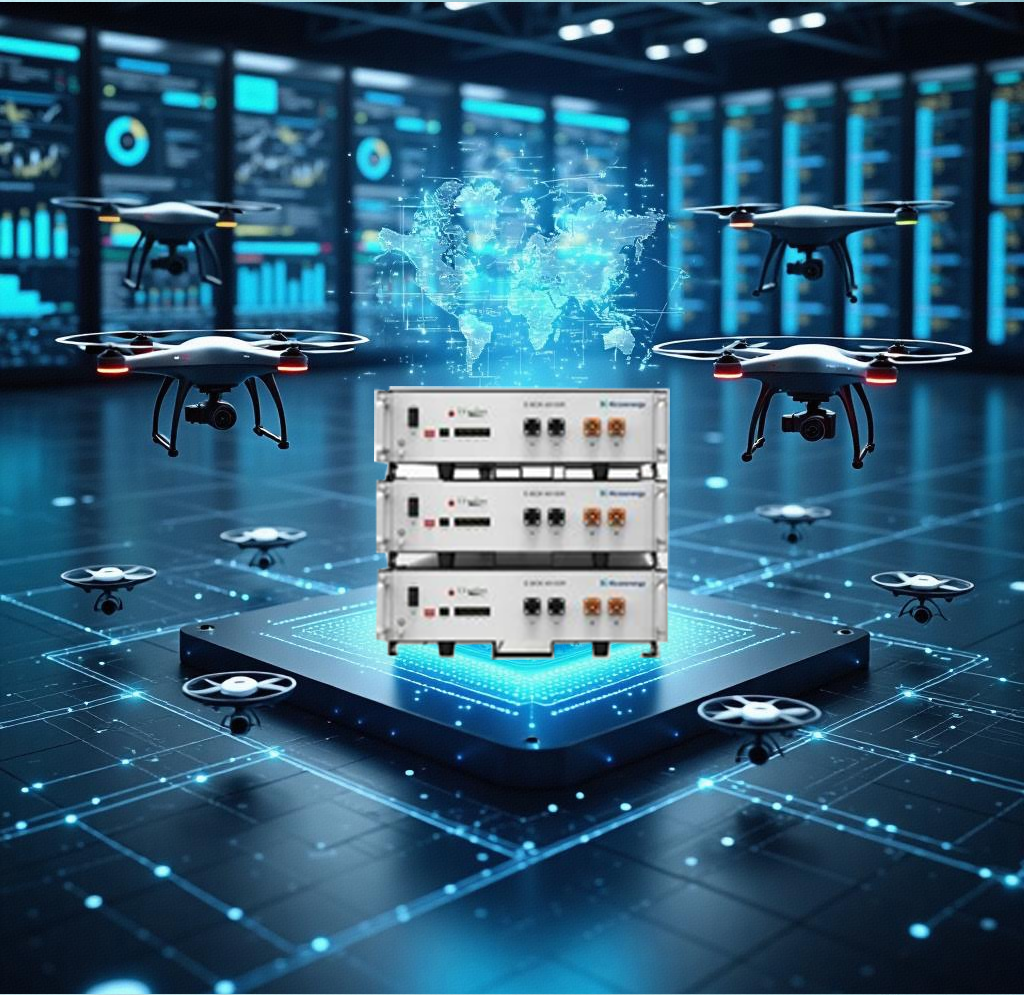
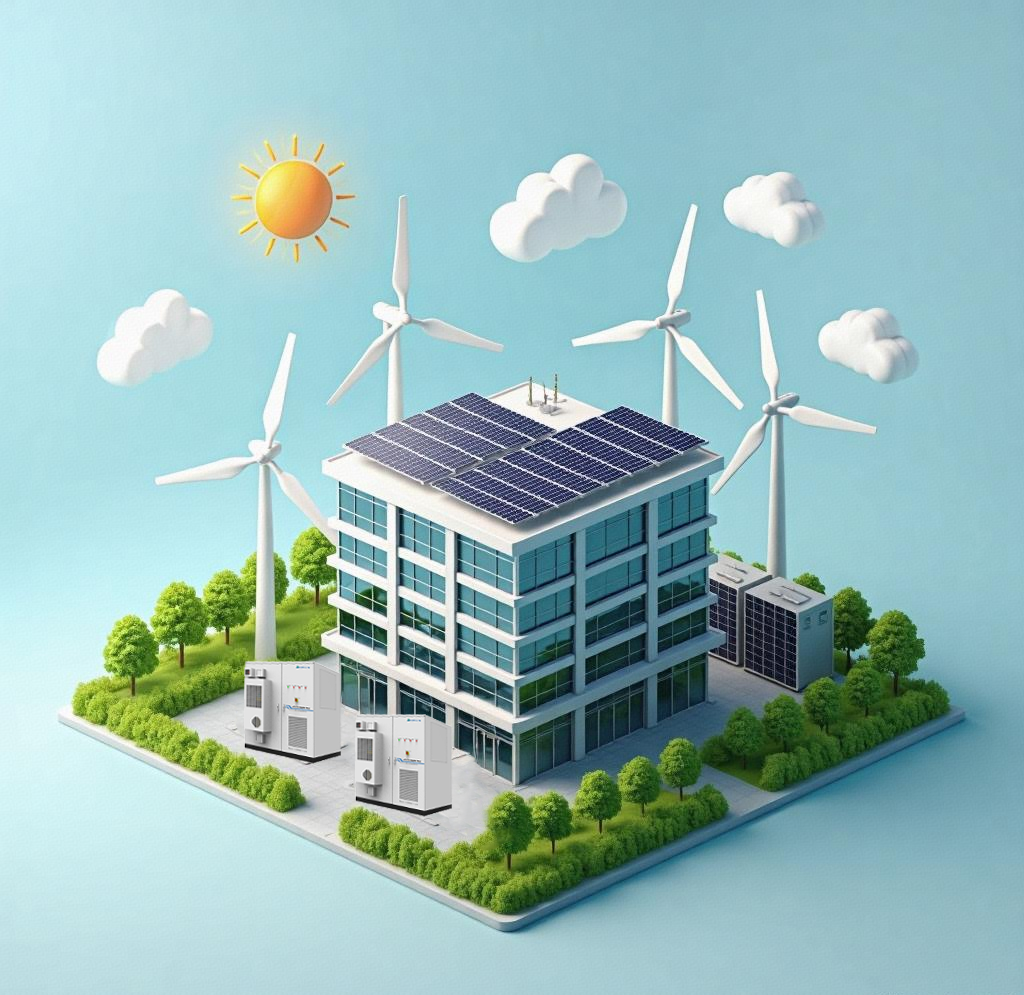

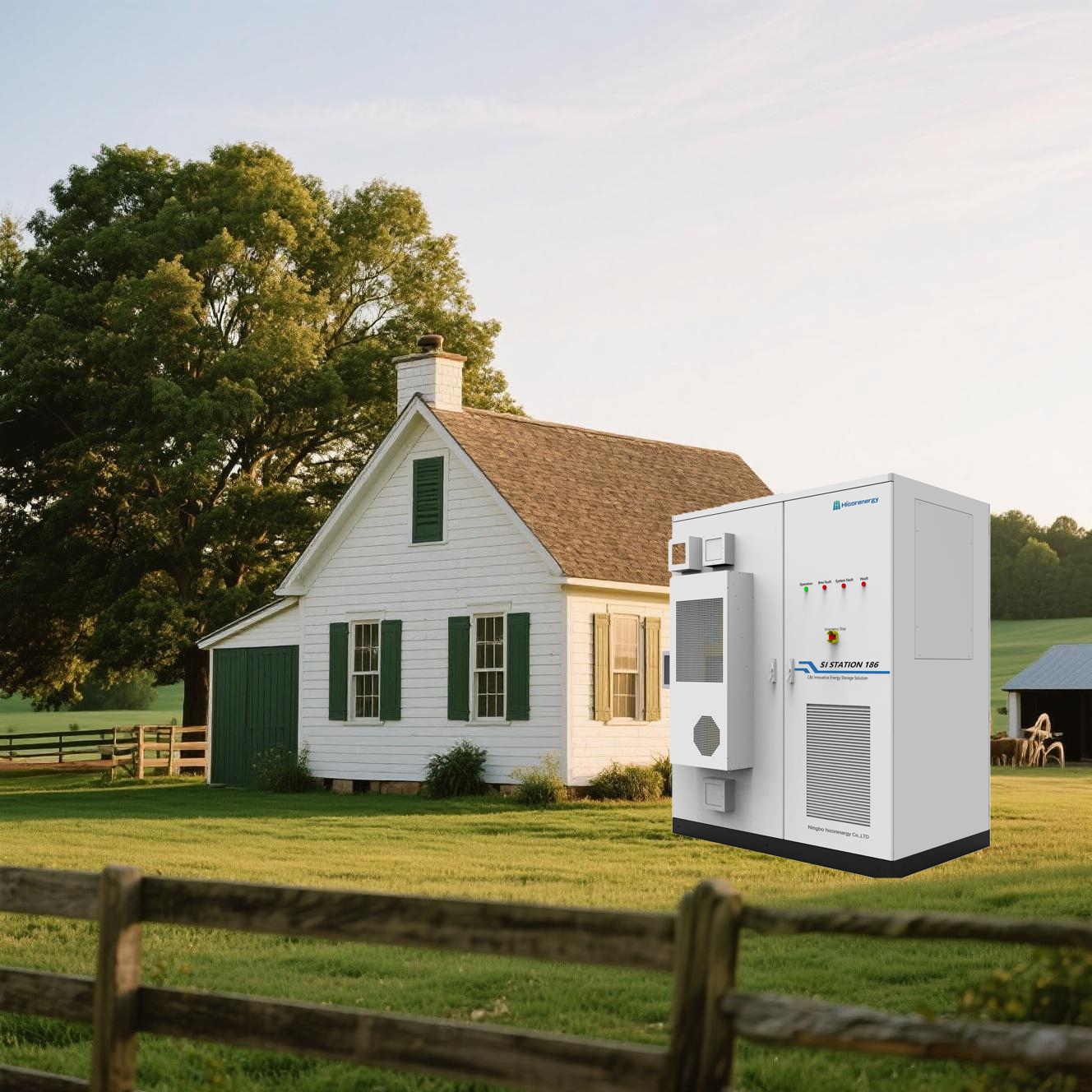
-7-2048x617.png)
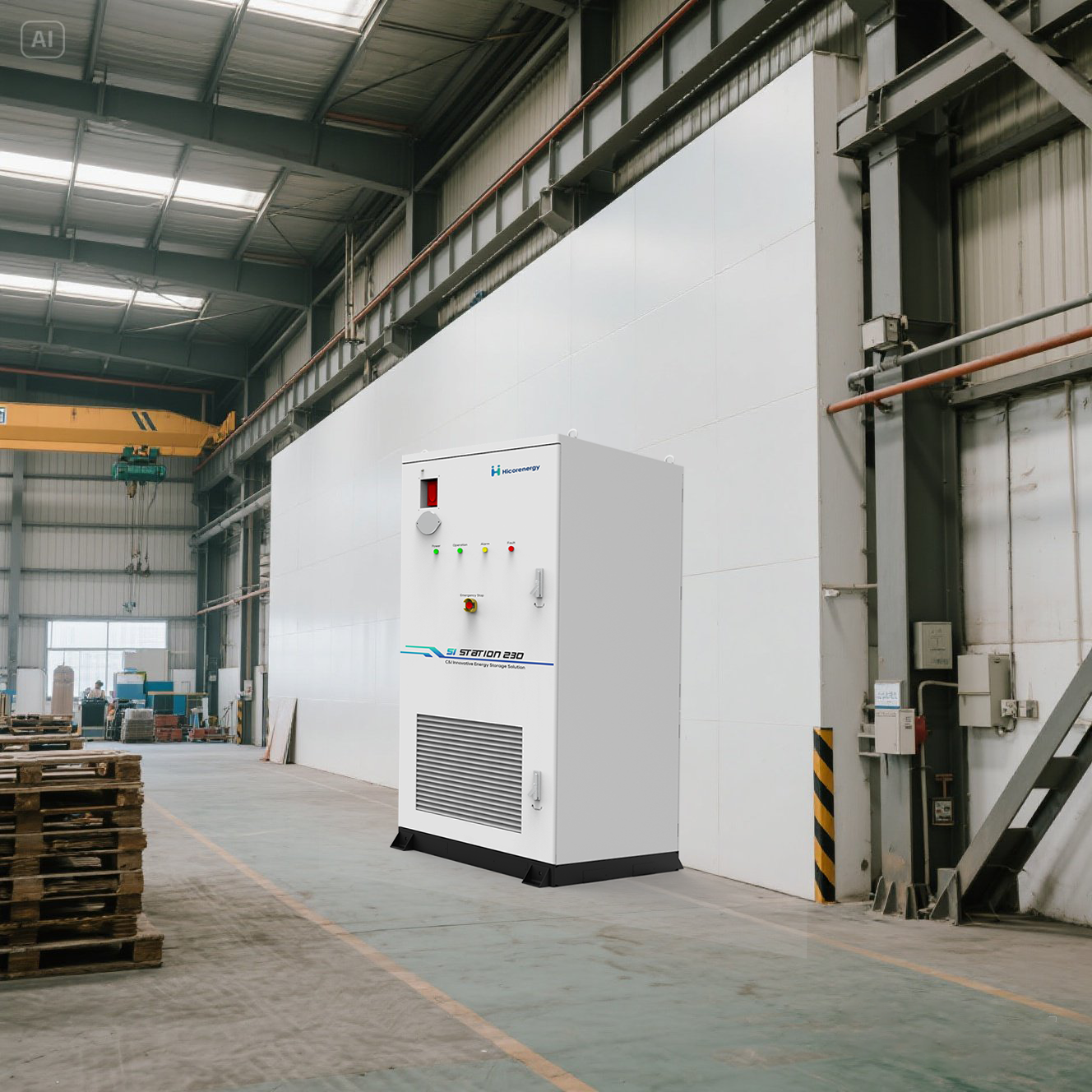
-6-2048x617.png)
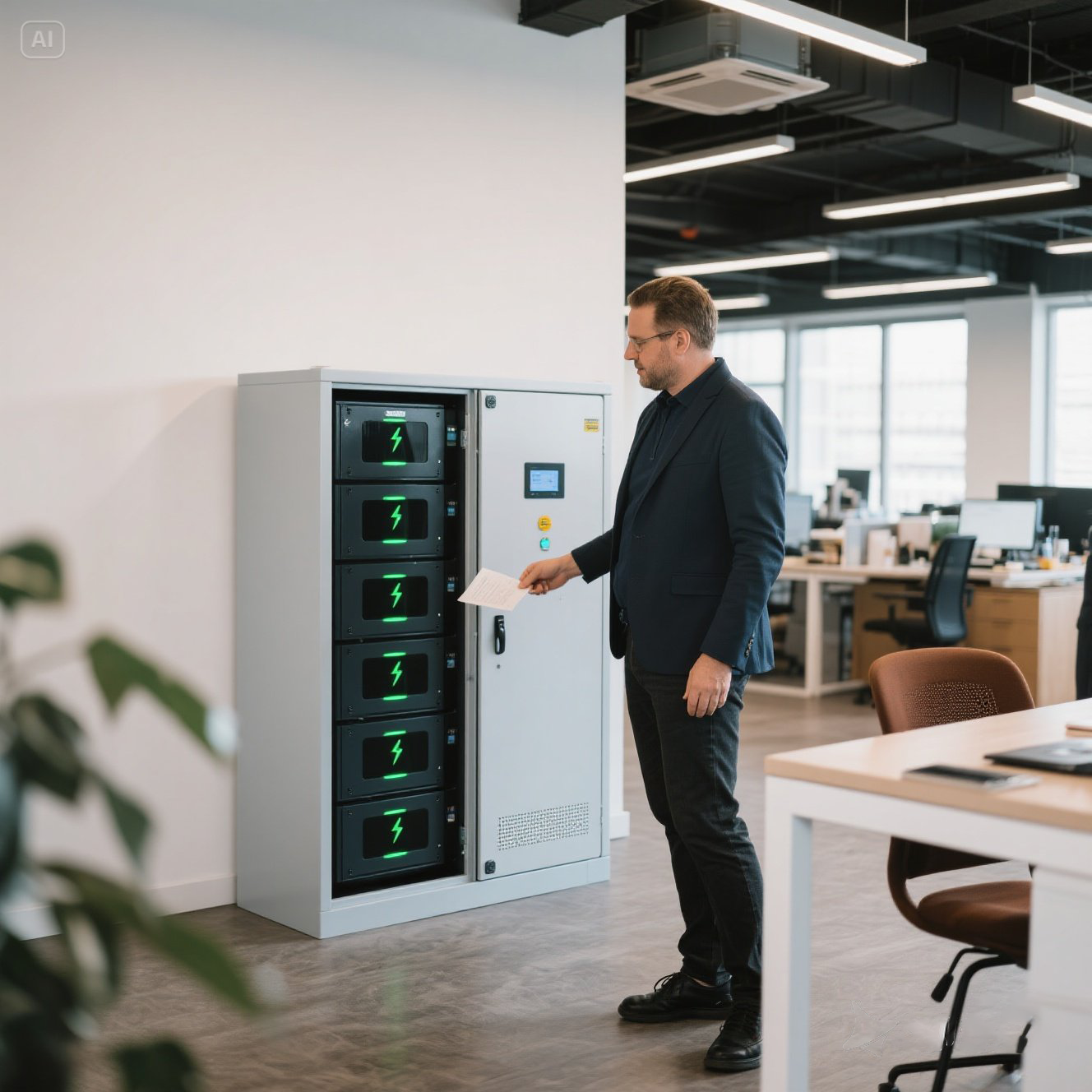
-5-2048x617.png)

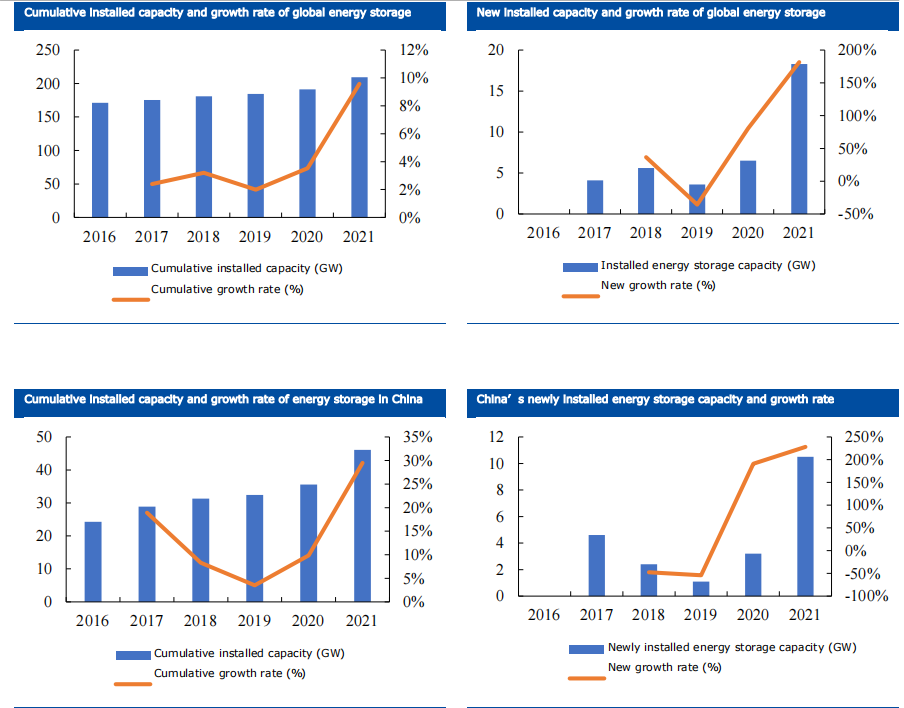
-4-2048x617.png)

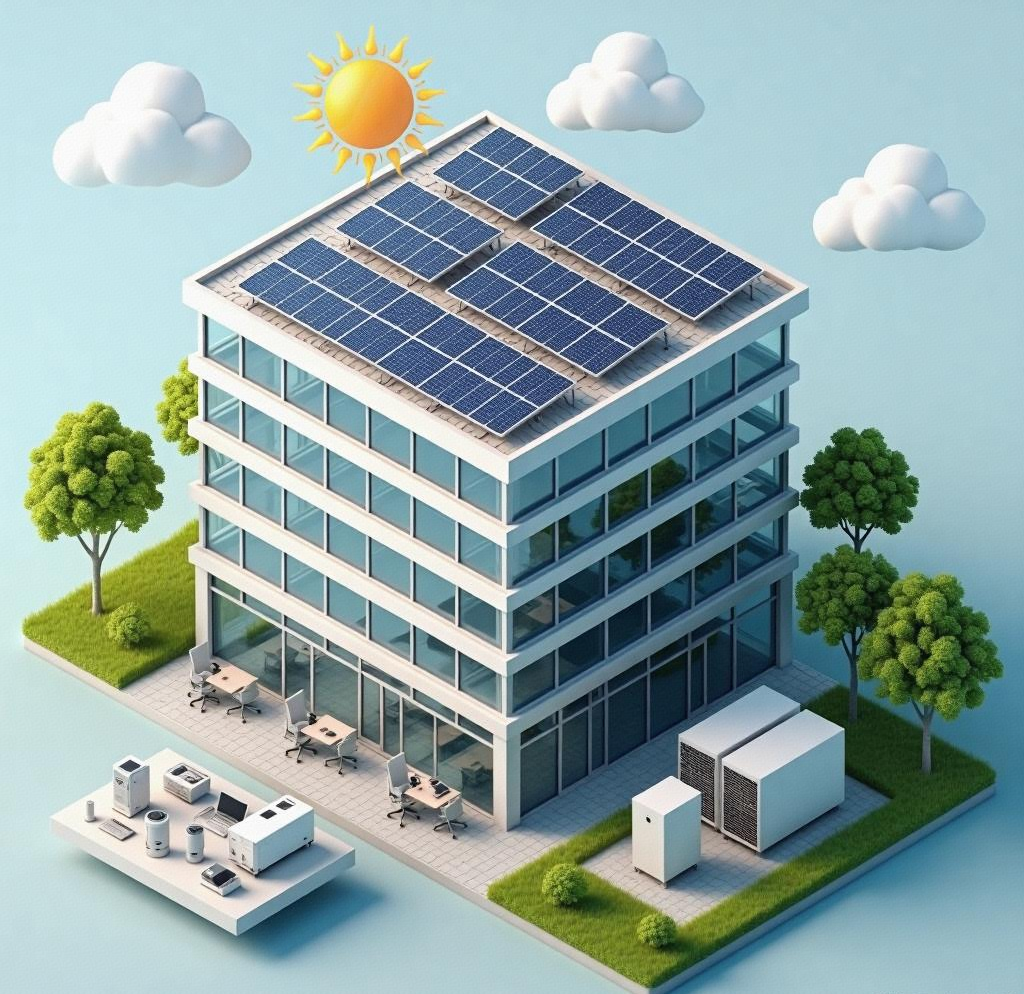


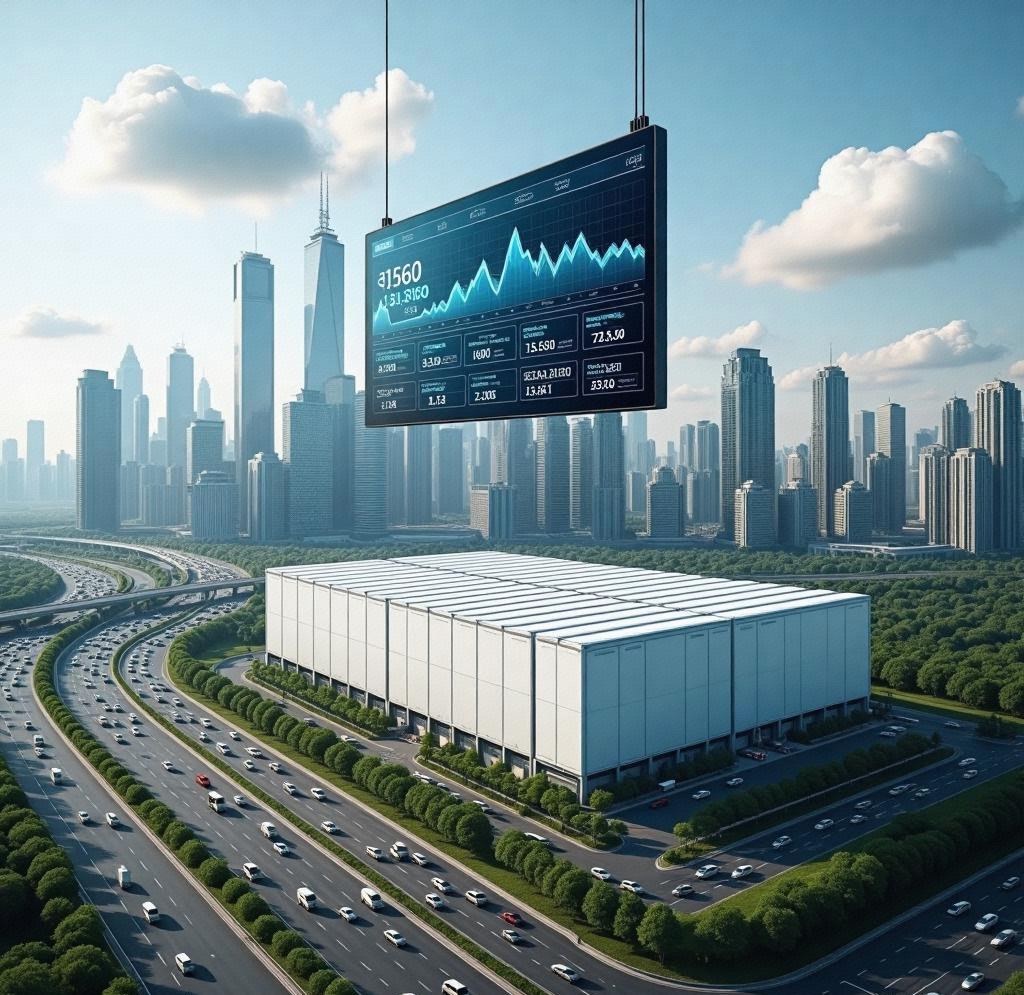
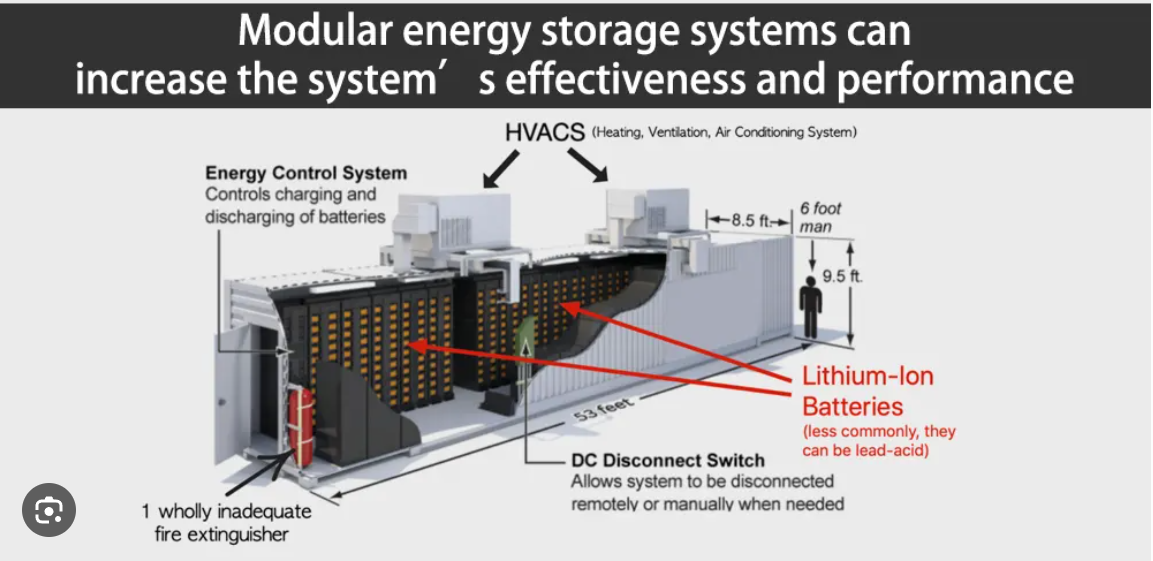
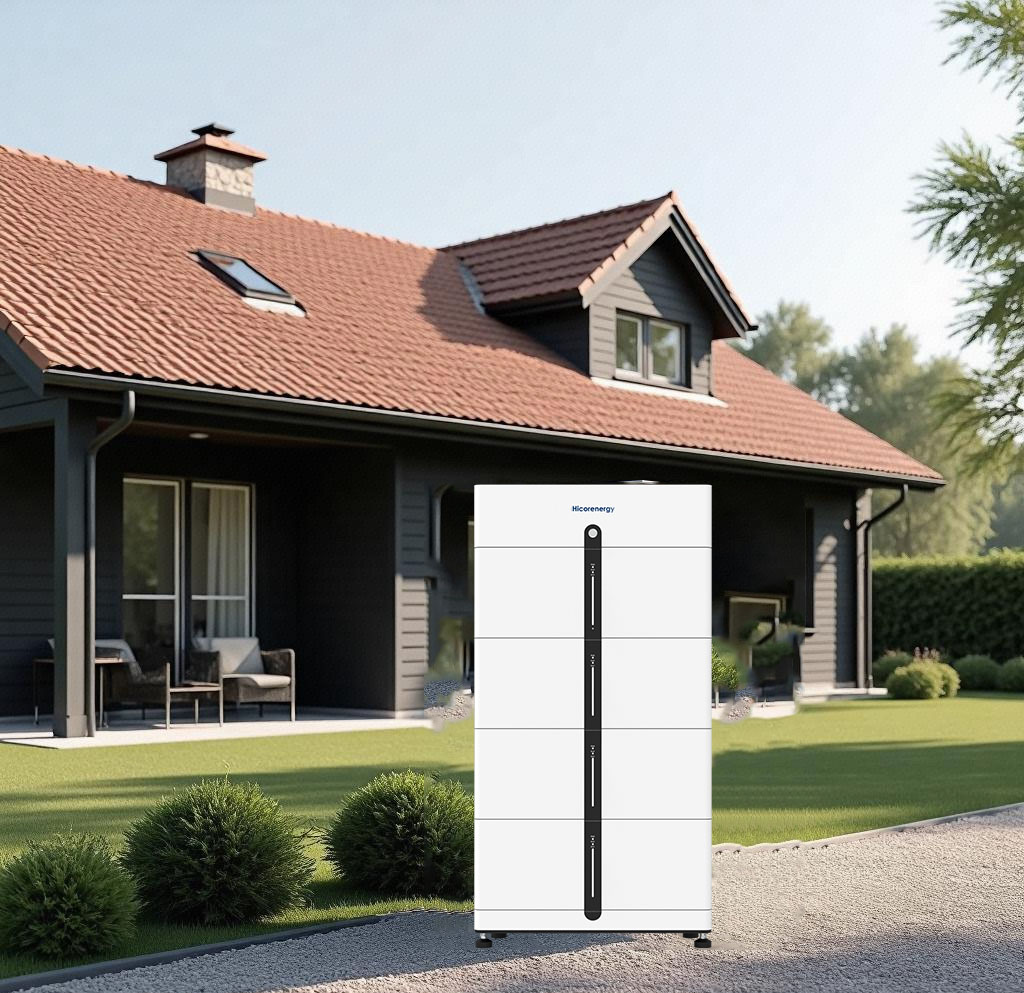

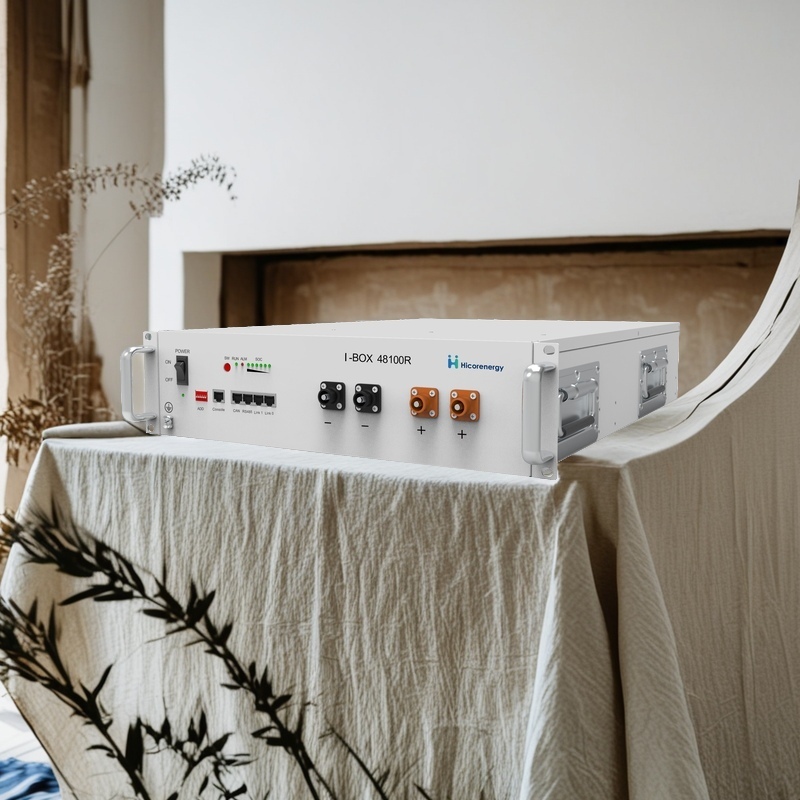

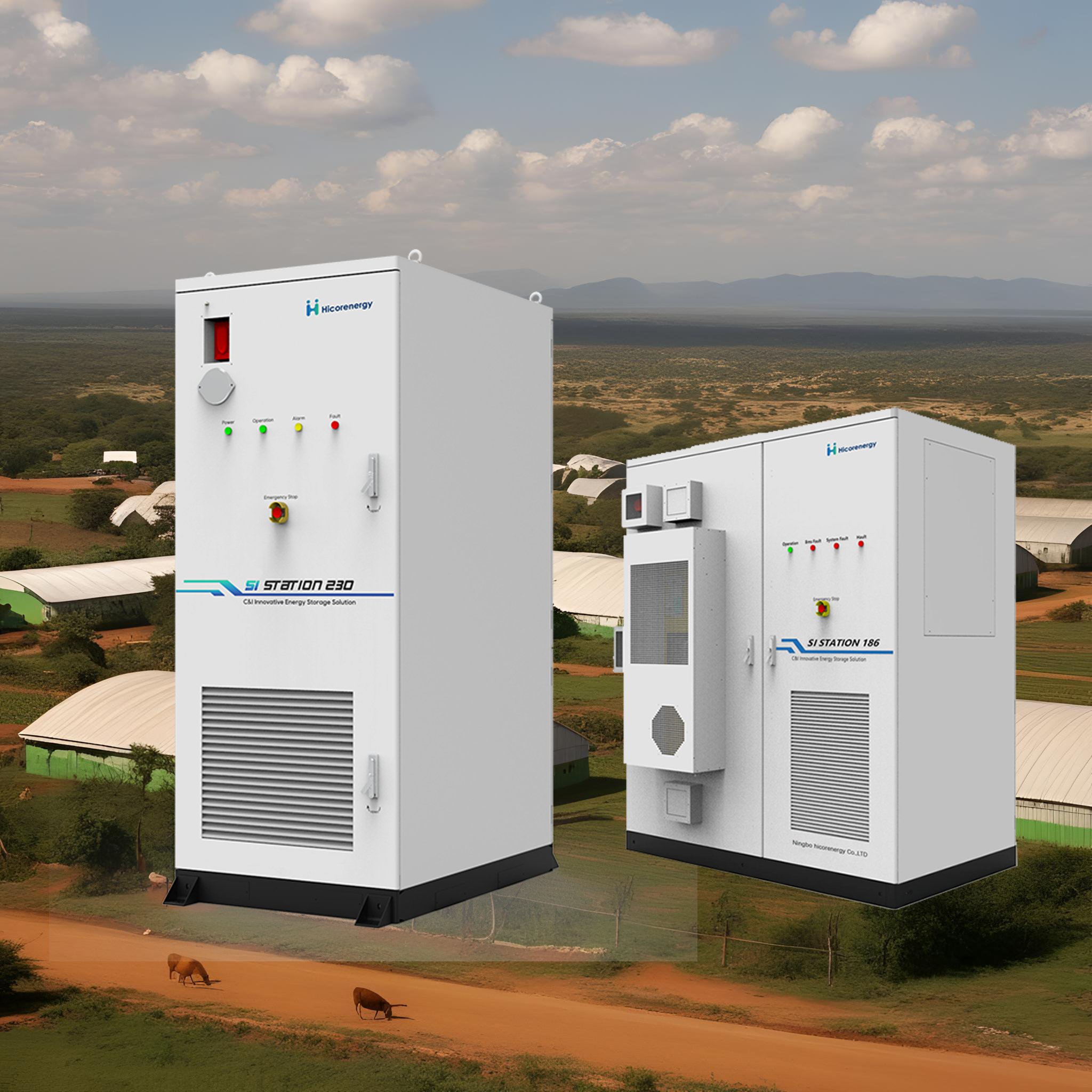
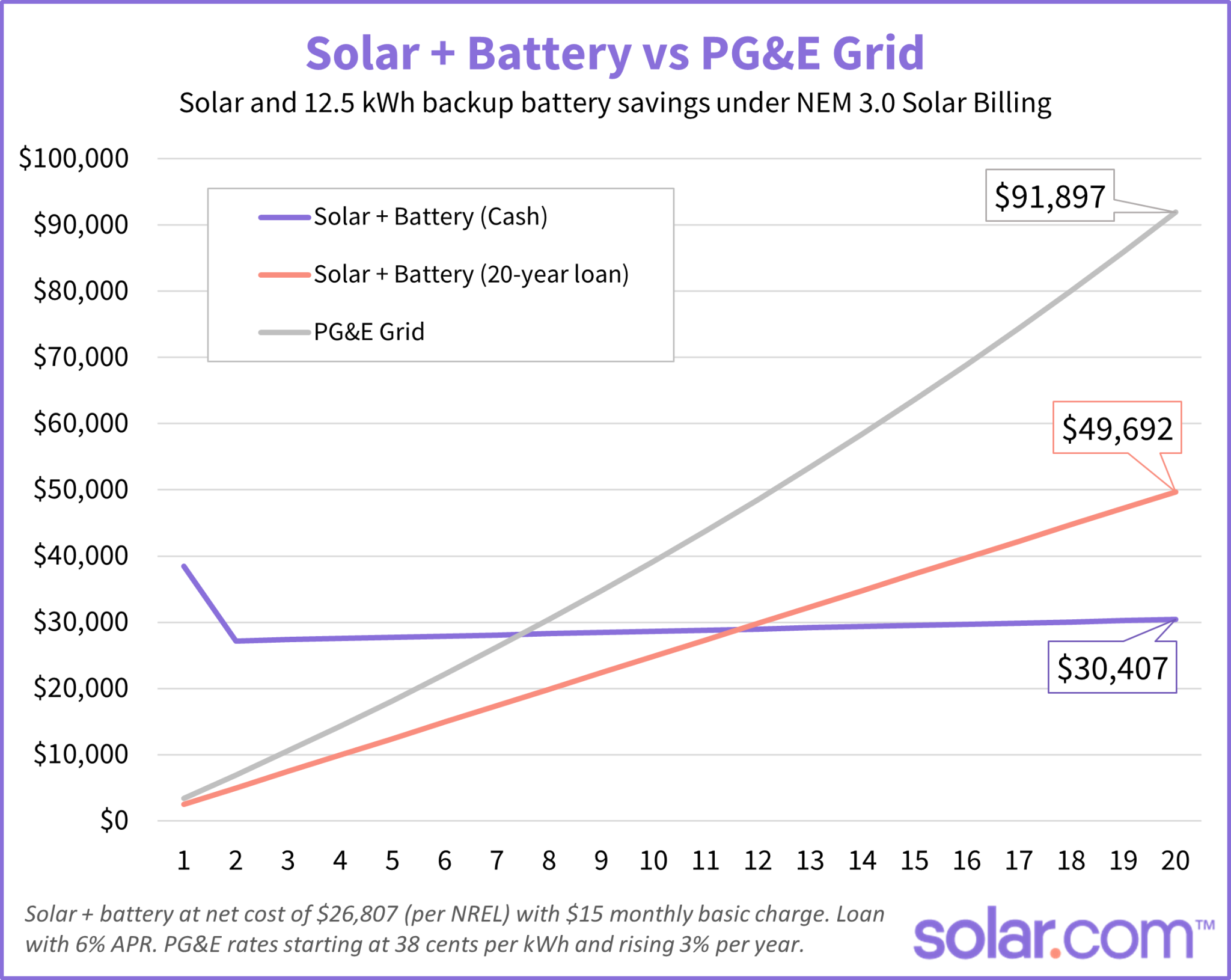
-3-2048x617.png)